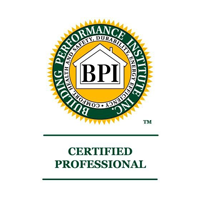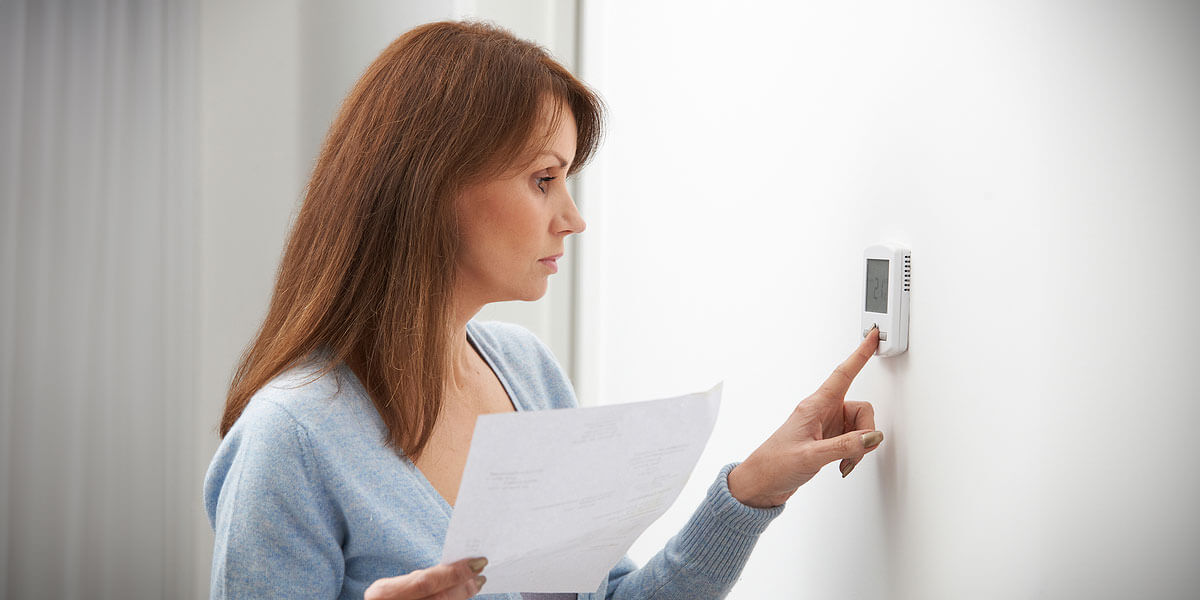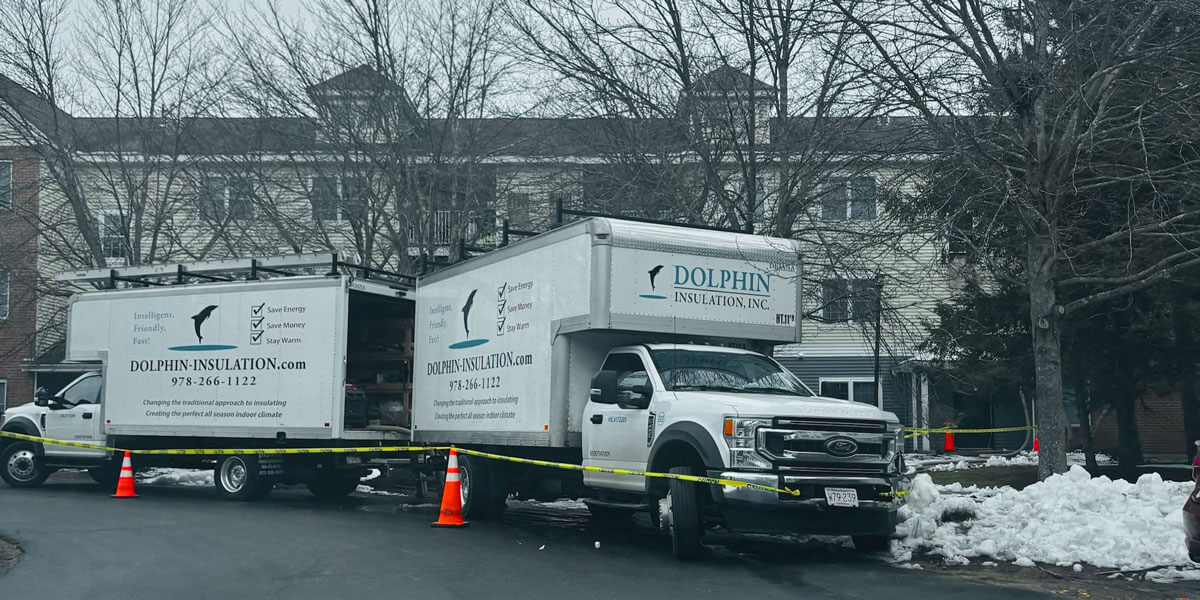In the winter, the air in your home gets drier and drier as the outside temperature drops. One simple fix seems to be installing a humidifier, specifically in your heating system — but this “fix” will only temporarily cover up the problem, not fully resolve it.
Air infiltration, also known as air leakage, is the leading cause of dry air inside your home during the winter. Your dry skin and static shocks do not result from the climate, but rather from a lack of air sealing.
A humidifier only treats the symptoms of dry air in your home rather than curing the source of the problem. If you take the easy way out and simply cover up the dry air, your home’s problem will never be solved. The only way to fix the air quality in your home is to seal it off from outside leaks.
If you are unsure if your home has a humidifier attached to your heating system, check your furnace or air handler. If you see a small attachment with connections for water, electricity, and drainage, chances are that’s a humidifier.
Humidifiers within your heating system pump water vapor into your ducts, which allows the heated air to circulate water as well as heat throughout your home. This method helps to keep your home’s relative humidity at the desired 30-50%, but it expends unnecessary energy in the process.
Companies will try to sell you humidifiers, justifying the purchase by telling you that your relative humidity is too low. They will fail to mention that the permanent fix to this problem is not their humidifier, but rather air sealing. They also probably won’t tell you that the cold air leaking into your home brings in the dry air; cold air is dry air.
Take the food in your fridge, for example. If you leave a bowl of JELL-O sitting uncovered in your fridge for a few days, the cold air will suck all of the moisture out. You will be left with a bowl of dried JELL-O instead of the moisture-rich food that it should be. When covered and sealed, the JELL-O remains hydrated. If there is a hole in the cover—like an unsealed home—a lot of moisture will condense on the plastic wrap or cover. This happens because the cold, dry air leaks into the JELL-O bowl and steals its moisture.
With the dried JELL-O, the solution is not to add more water to the dried food, but rather to put it in a sealed container the next time you make it. Similarly, the solution in your home is air sealing.
Because cold air is dry air, a humidifier only fixes the result of the cold air without squashing the problem’s source. It cannot seal off your home from the cold air leaking in, but at Dolphin we can help you. Not only can we help to stop the drafts in your home, it will maintain moisture in your air. When we seal your home, you will save energy that you have been wasting on your humidifier, but will still maintain that same comfortable level of humidity.















